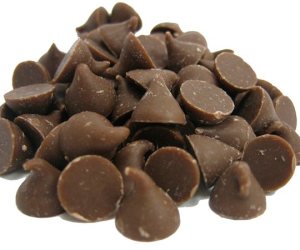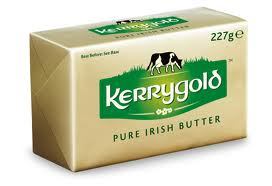
IS TAHINI PALEO?
The most important part of our paleo food list app is the feedback section where people ask us questions on the paleo-ness of certain food items. They may also tell us our app is great! Or maybe our app is crap! Either way we appreciate any feedback and have been working hard at improving the experience. One of our suggestions was to look into a common middle eastern paste, Tahini. We’re excited today to have a guest post from Alisa at paleoinpdx. Enjoy!
Is Tahini Paleo?
Tahini is a smooth paste made from ground sesame seeds, widely used in Middle Eastern and Mediterranean cooking. It’s creamy, like nut butter, but possesses a unique and sometimes bitter flavor.
To make tahini, sesame seeds are first soaked for anywhere from 4-24 hours, and then crushed to separate the bran from the kernels. The crushed seeds are then added to salt water, causing the bran to sink and the kernels to float to the surface, where they are skimmed off. Then, the seeds are toasted and ground into a fine paste, which we know as tahini. If you buy the raw variety, the seeds are not toasted though.
Tahini technically is paleo because it’s made from sesame seeds, but there is controversy around the classification of seeds themselves, due to their phytic acid and anti-nutrient properties. This is why it’s best to moderate nut and seed intake. Sesame seeds, specifically, are high in polyunsaturated fatty acids (PUFA), with a total of 21.8 grams per 100 grams, most of which is omega-6 fat. As you may already know, excess omega-6 and total PUFA intake contributes to inflammation, as well as chronic and metabolic diseases. In the paleo community, there’s a large emphasis on keeping the omega-6 and omega-3 ratio as close to 1:1 as possible. Too many nuts and seeds can easily bring omega-6s to unhealthy levels. It’s important to keep these levels low, and make sure you’re getting enough omega-3s from grass-fed animals, omega-3 rich eggs and wild fatty fish.
Another issue with tahini comes from the process of toasting the seeds. The problem is that PUFA oxidize easily when exposed to heat, light and oxygen, and consuming oxidized PUFA creates a toxic reaction inside our bodies. Therefore, it’s best to consume raw tahini versus the standard roasted variety, but again, moderate your consumption. On the plus side, tahini is a good source of calcium, iron, magnesium, copper and manganese.
What’s your take on a seed product, like tahini? If you consume it, do you ever make your own?
Are you struggling with which foods are Paleo? Do you need help planning some Paleo meals? Check out this great Paleo cookbook:
Resources:





